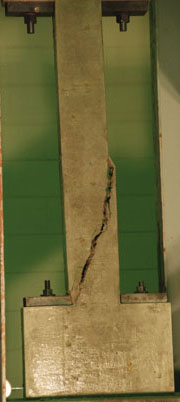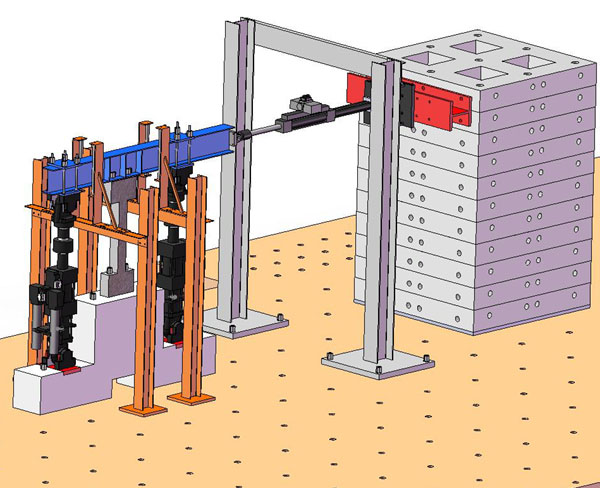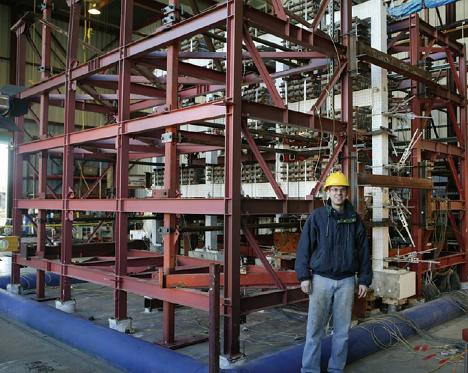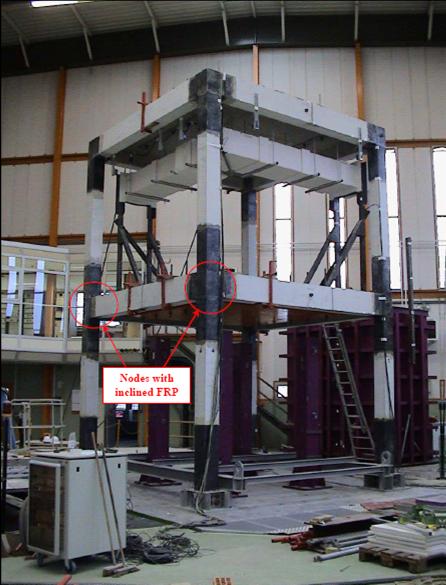Real Time Hybrid Simulation of Two R/C Frames Tested on Shake Tables; Validation and Applications. *
Wassim Ghannoum (P.I.)
University of Texas, Austin (UT)
Alain Le Maoult (CO-P.I.)
Commissariat a Lé Energie Atomique, Saclay France (CEA)
Abbie Liel (CO-P.I.)
University of Colorado, Boulder (CU)
Frederic Ragueneau (Co-P.I.)
LMT, Ecole Normale Supérieure de Cachan, France (LMT)
Victor Saouma (CO-P.I., Coordinator)
University of Colorado, Boulder (CU)
This international collaborative research capitalizes on two sets of shake table tests (performed in Berkeley and in France), and seeks to assess the feasibility of a more extensive investigation yet at a fraction of the cost through Real Time Hybrid Simulation. More specifically, the objectives are:
- Comparison of seismic design between European and American practices.
- Validation and comparison of analytical and behavioral reinforced concrete frame models developed through NSF funded shaking table experiments (1:3 scale) in Berkeley and FRP retrofitted reinforced concrete frames experiments (1:1 scale) at the CEA.
- Refinement, based on experimental tests, of concrete models in numerical codes (CASTEM, OpenSees and Mercury).
- Implementation, and possible refinement, of the force control method proposed by Sivaselvan for real time hybrid simulation.
- Quantification of (earthquake related) rate effects in reinforced concrete with and without FRP retrofit.
- Assessment of the feasibility of real time hybrid simulation for reinforced concrete, and the maximum size of the numerical model which can be simulated.
- Evaluation of the effectiveness of FRP retrofit for seismically damaged structural elements.
- Improved performance-based predictions of collapse risk in non-ductile reinforced concrete frame structures, accounting for the vertical (gravity) column collapse mode.
- International collaboration amongst French and American researchers.

|
| Specimen and actuator setup |

|
| Lab configuration |
 Berkeley test |
 France (CEA) test |
* This project is funded by the State of Colorado.




